Graphic Design Thinking & Research: 2018 UC Orientation Program
VerifiedAdded on 2023/06/03
|7
|1282
|370
Report
AI Summary
This report details the research and design process for the 2018 Orientation Program at the University of Canberra. The project aims to create a practical and appealing program for first-year students, incorporating a visually attractive theme suitable for branding. The methodology includes user research with questionnaires and concept development through brainstorming and discussions. The research emphasizes feedback from previous batches and identifies 'Growth' as a central theme, symbolizing youth, prosperity, and the empowering nature of knowledge. The final design strategy reflects this theme to portray the university as a supportive environment for career and personal development. The report concludes that branding the University of Canberra with the concept of 'Growth' will resonate with future generations, highlighting the institution's role in fostering student success. Desklib provides access to this and other solved assignments.
1 out of 7
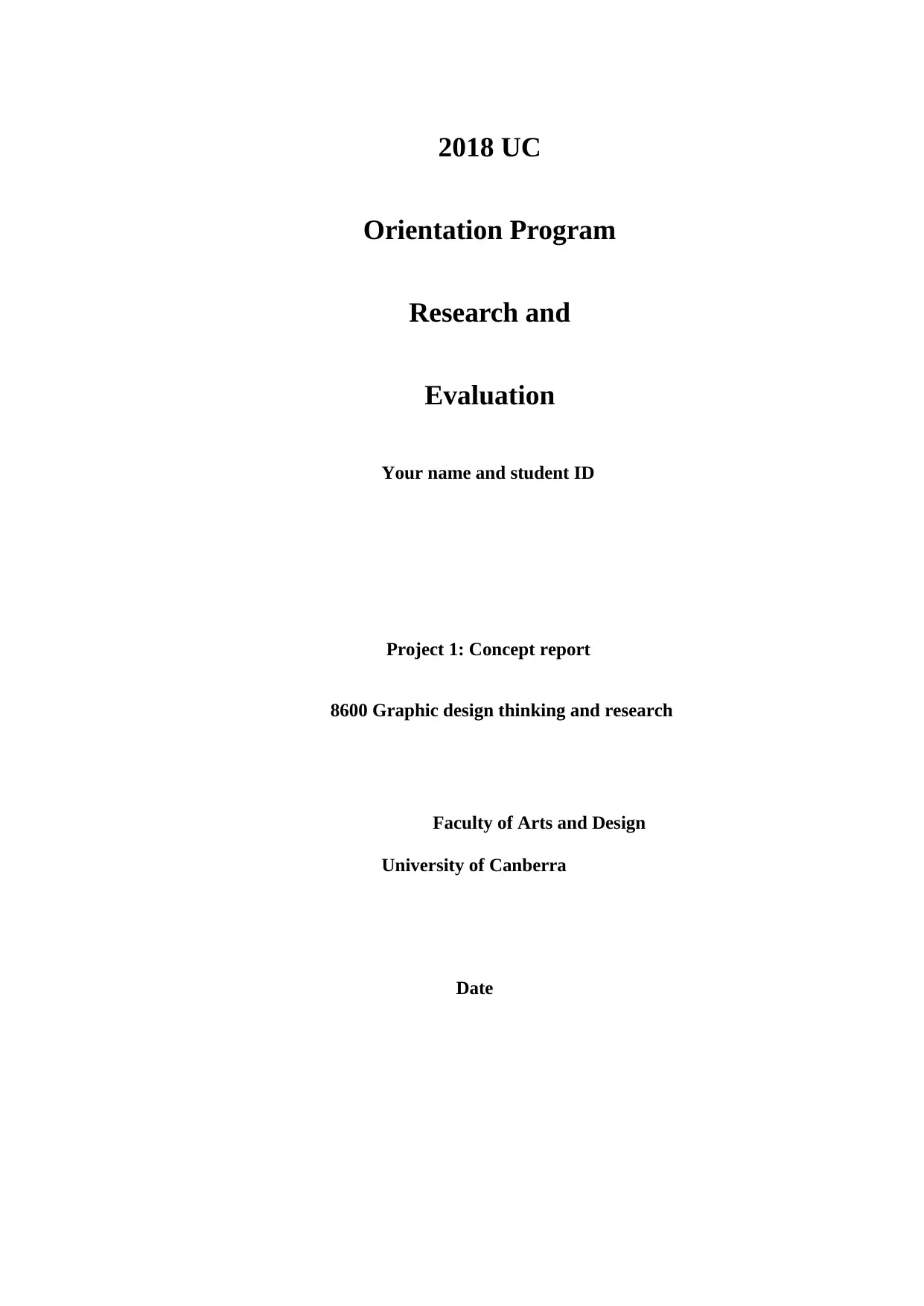
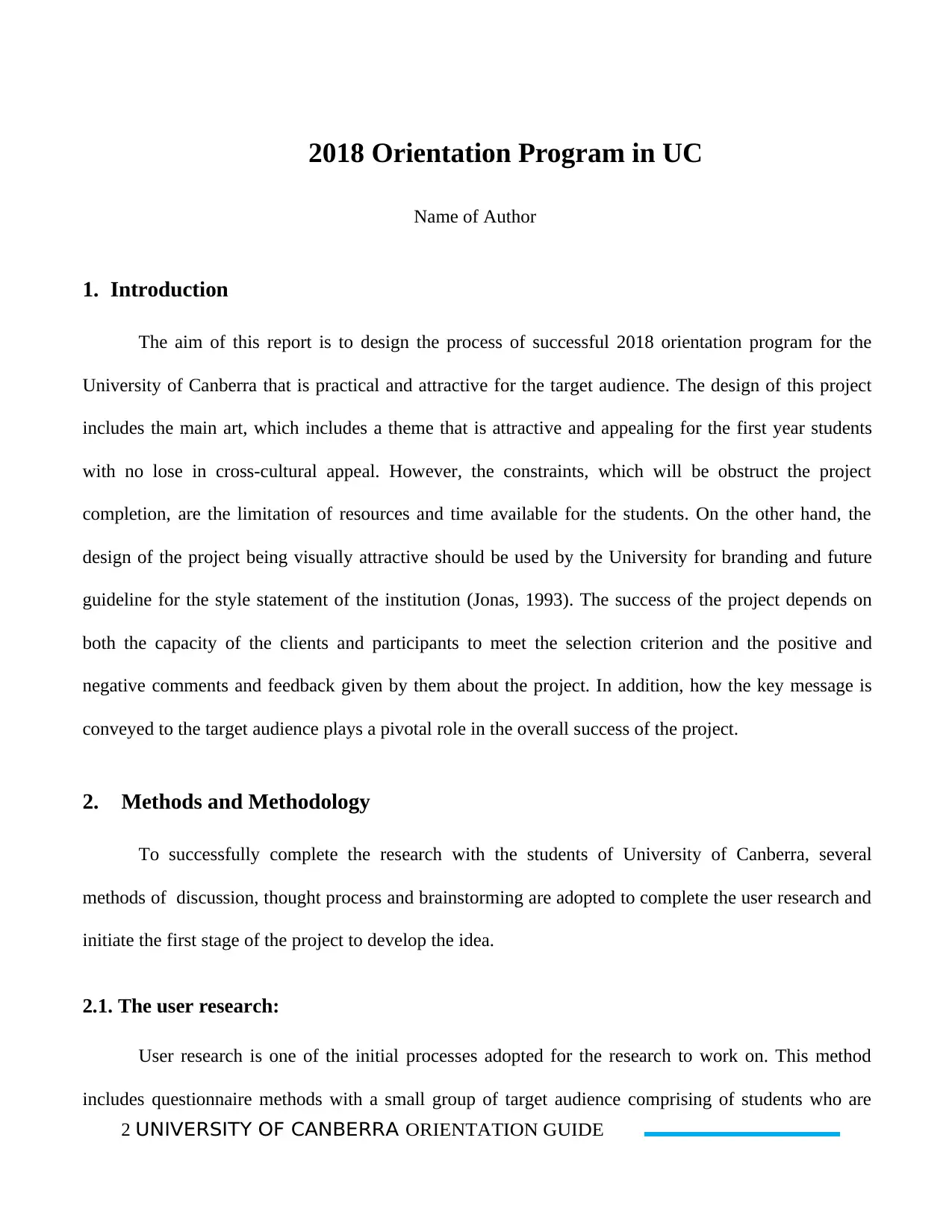
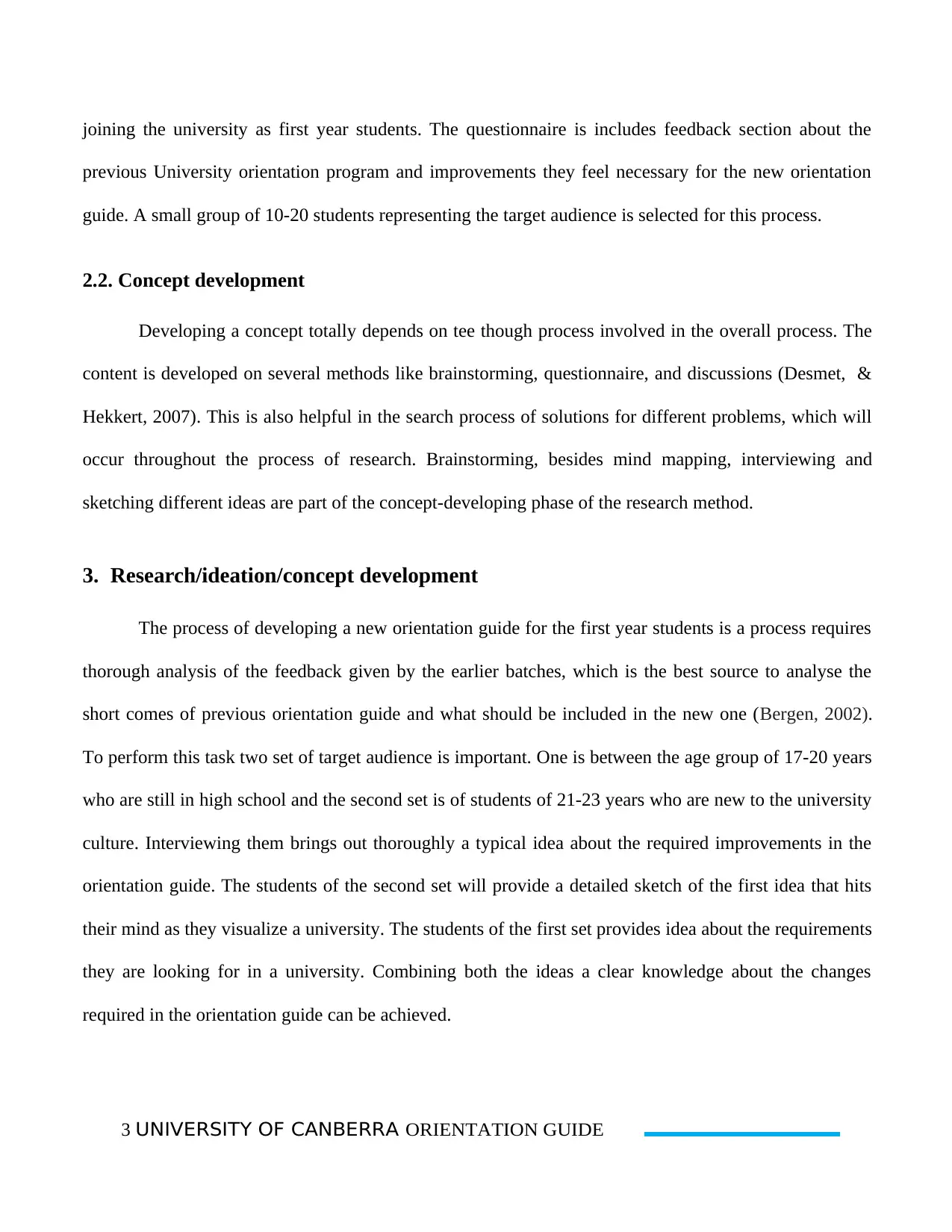
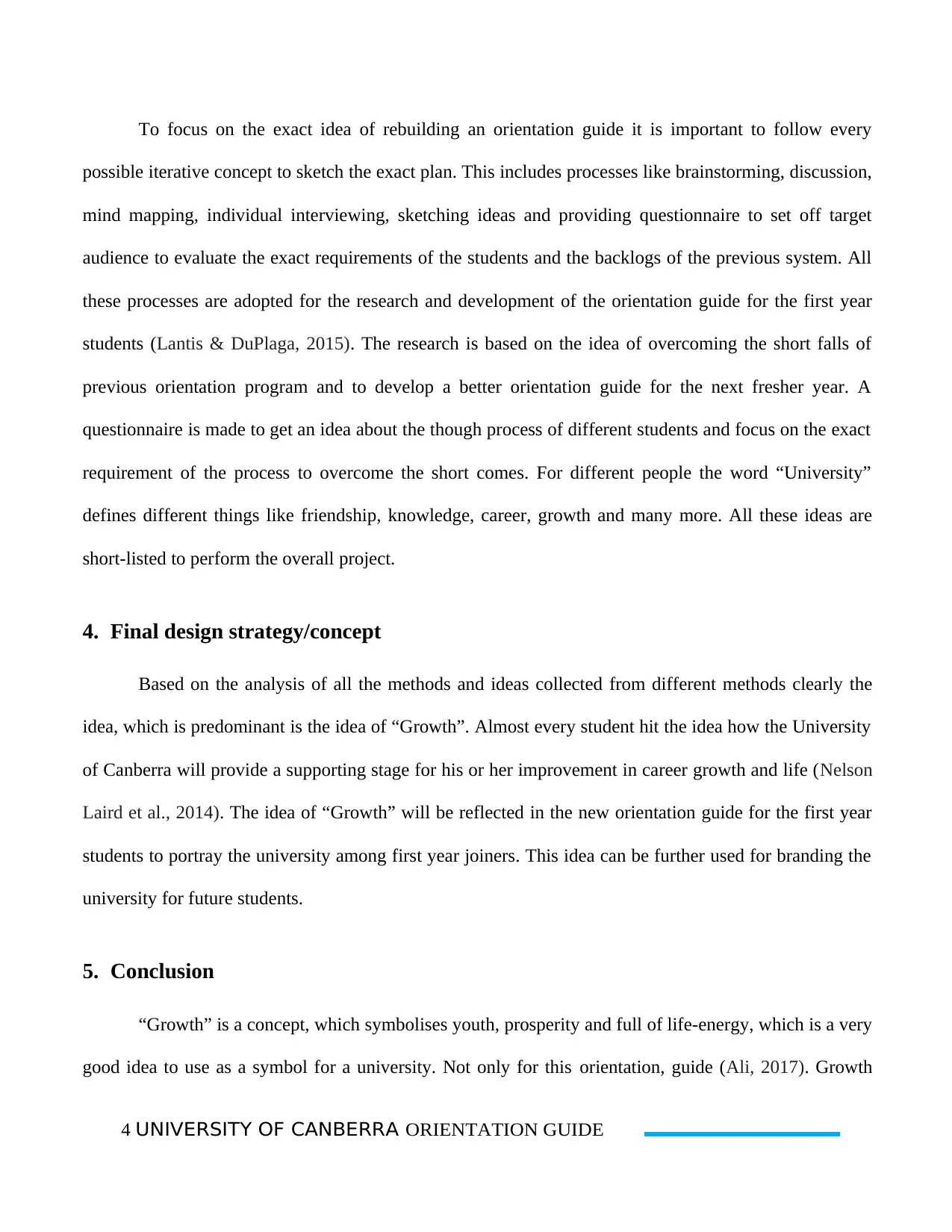
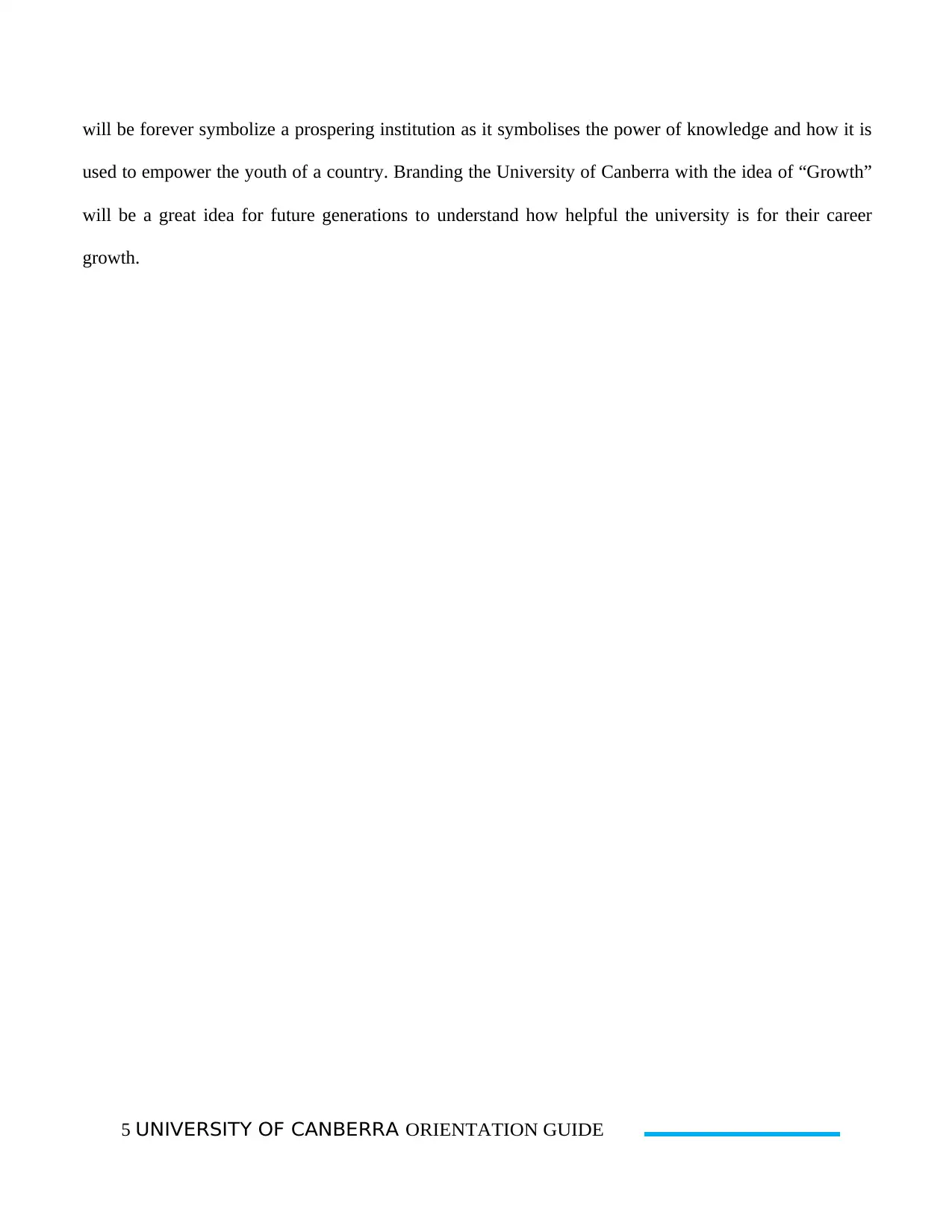
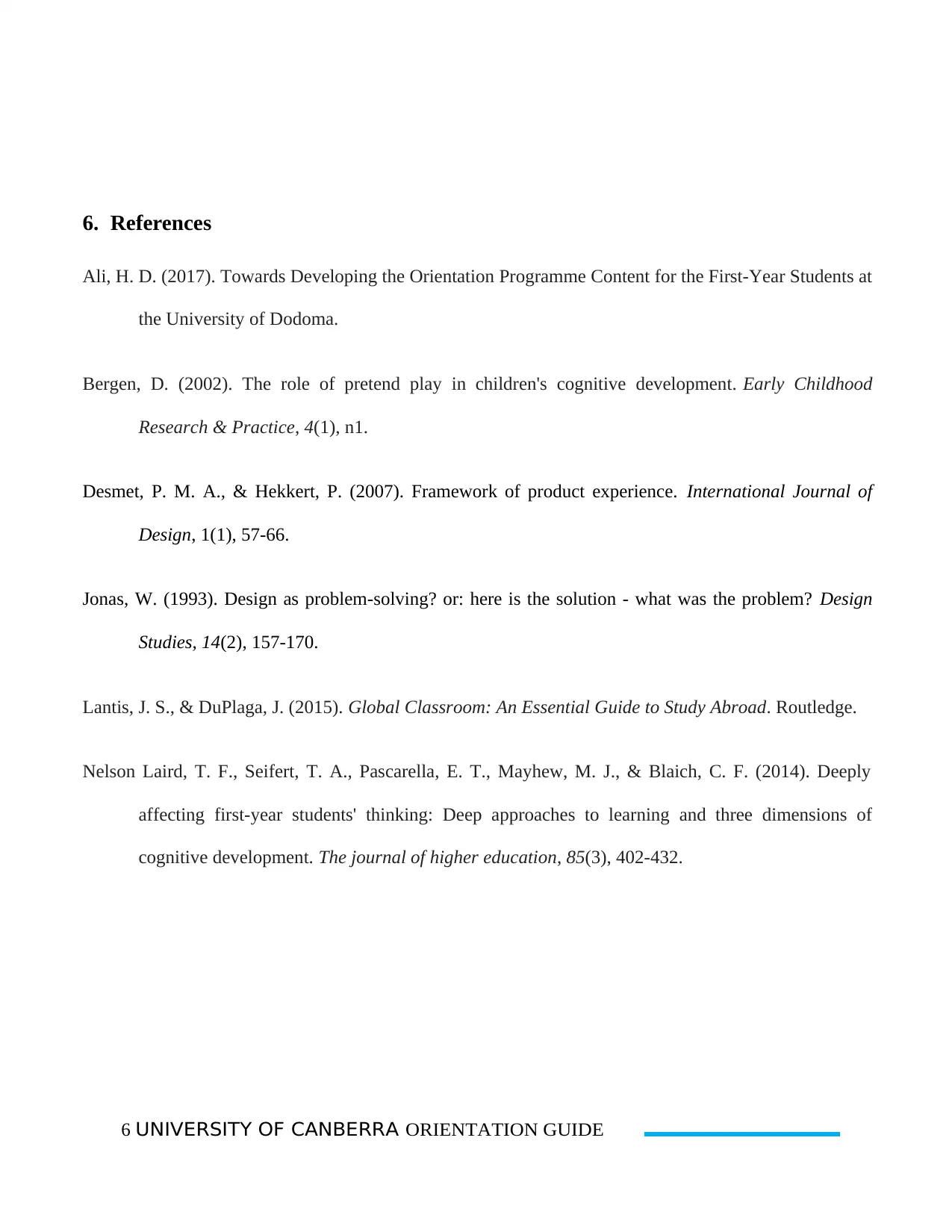
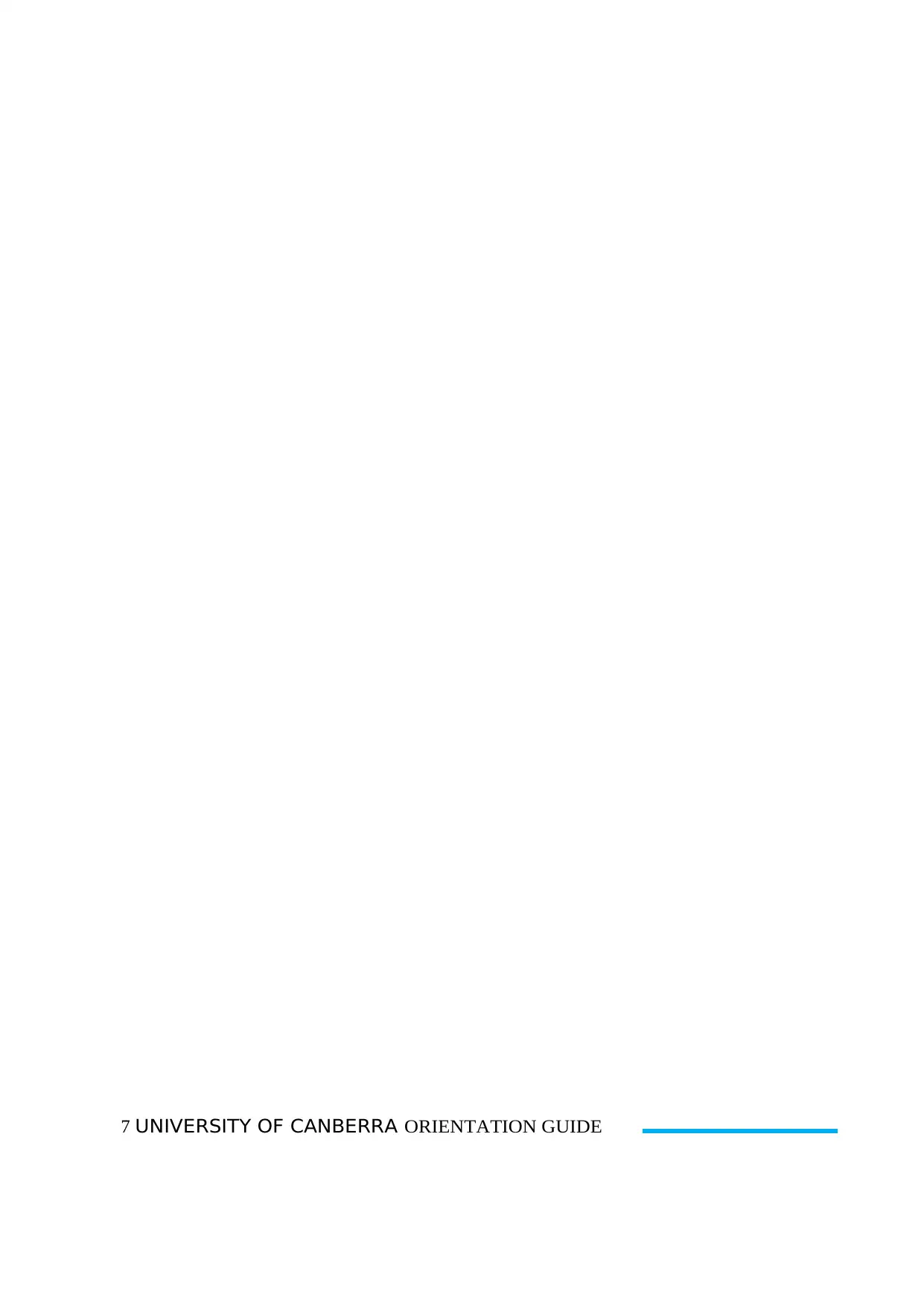






![[object Object]](/_next/static/media/star-bottom.7253800d.svg)